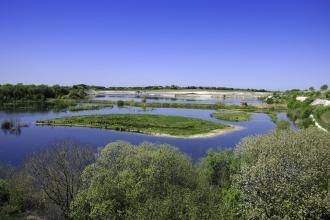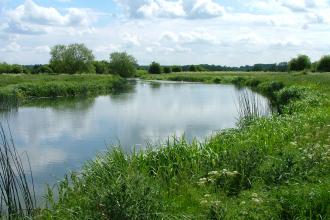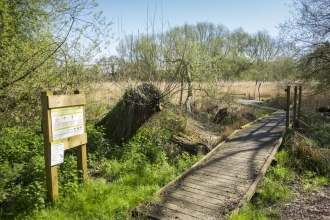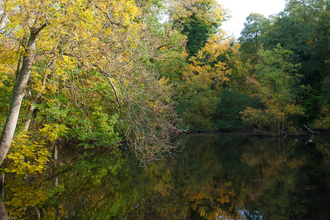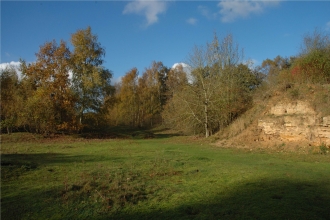My name is Judith Ballinger and I am an Ecology Trainee with BBOWT alongside Russell who shared a day in the life of a trainee previously.
At the start of my traineeship, in March of this year I was given a guidebook to the BBOWT reserves, with over 60 different ones across the three counties. I made it my challenge during my traineeship to visit as many as possible. Having moved to the area shortly before beginning my traineeship many of the reserves listed were new to me. I live in East Buckinghamshire and I realised recently on my daily commute to BBOWT headquarters in Oxford, I pass at least six nature reserves, if not more!
Each time I visit a different reserve I tick it off in my reserve guide and note down the species I saw or the tasks or surveys we did there that day. I have visited reserves near town and city centres, and other reserves that are only accessible on foot or by bicycle!
One of the main duties as part of the traineeship is to help with the reserve monitoring programme.
Each day is different and can involve visiting a different reserve across the three counties to survey for different features or species.
This may be as simple as assessing the condition of the habitats of which there is a wide range. Woodlands, grasslands as well as ponds, fen and riverside habitats along the Thames.
This often involves visiting as much of the site as possible to represent the reserve as a whole. Within one reserve there may be different types of habitat and habitats for different species.
Every reserve is different, has different habitats and will be home to different species of flora and fauna. There are many reserves that are home to endemic species, such as snake’s-head fritillary at Iffley Meadows and Chiltern gentians at Warburg Nature Reserve.
Some methods, such as those for breeding birds and butterflies require you to follow a set transect route that covers all the potential habitats for the species.
Other surveys are more specific such as for hazel dormice. At several sites we have put up 'footprint tunnels' to check for their presence. Hazel dormice are a European protected species and an UK priority species because of their declining population.
The footprint tunnels we put up have a small inkpad in them and are lined with card so when a dormouse walks through they get charcoal ink on their paws and leave a trail of footprints on the card.
To monitor for hazel dormice we installed 40 footprint tunnels at Moor Copse reserve in Berkshire. Once installed the tunnels must be checked regularly and topped up with the ink. After the third check we found hazel dormice footprints in two of the tunnels!
So far, I have visited 29 different reserves, and still have many more to explore!
Every person will have their favourite reserve, it may be their local reserve or one they’ve just visited once that made an impression.
It’s very hard to choose one favourite. Each one is different; having a history and a wonderful array of flora and fauna depending on the time of year you visit.
Some of my favourites I've visited so far have been Hartslock in south Oxfordshire, well known for its butterfly species, Chimney Meadows alongside the Thames in west Oxfordshire and Gallows Bridge Farm, part of the Upper Ray Meadows on the Bucks/Oxon border, which has bird hides that look out onto wetlands (with a logbook where visitors can note down their recent sightings when they visit).
I have a few trips planned in my spare time to some of the reserves that are close together, but I hope to visit some during my work week as a trainee. With 60+ sites, I am spoilt for choice!


